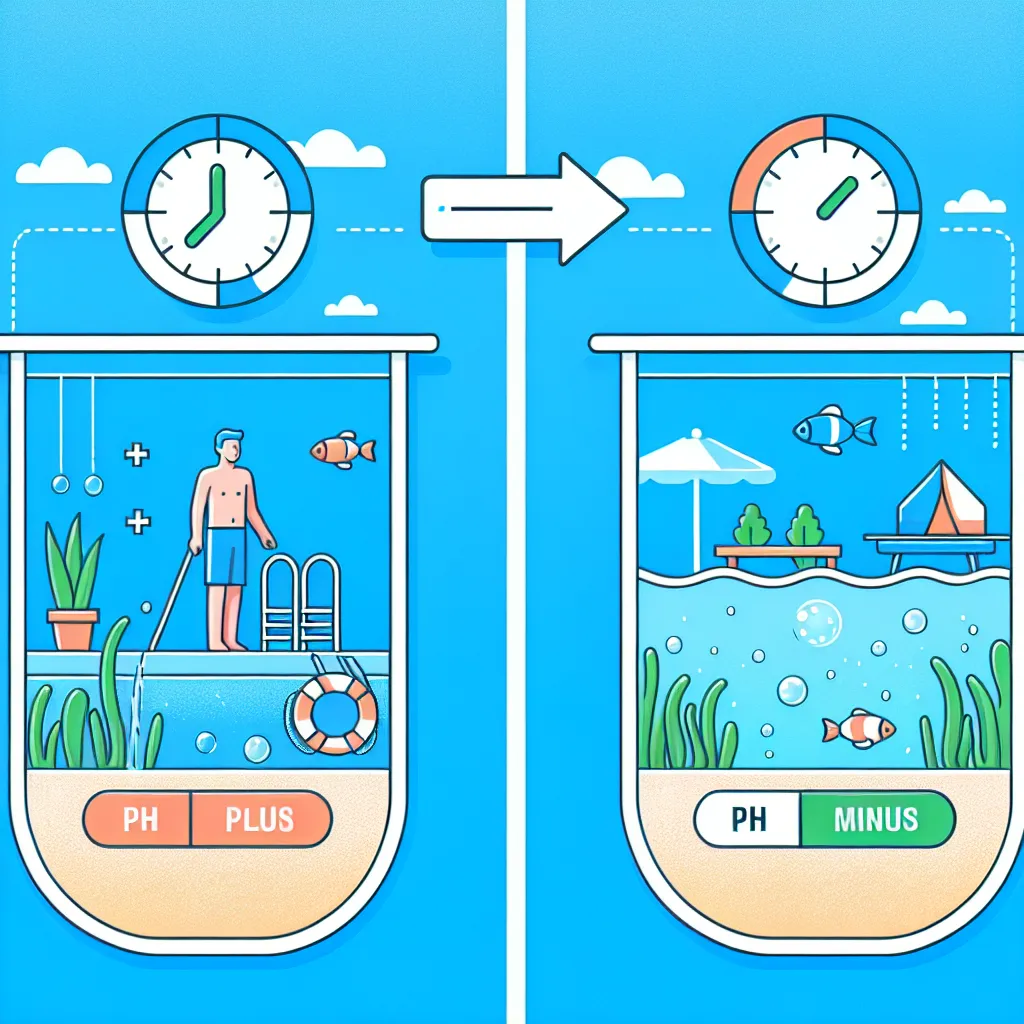The terms “PH Plus,” “PH Minus,” and “PH Plus PH Minus pool” are commonly encountered in discussions surrounding water treatment, especially in swimming pools, and have also found relevance in various gaming and online betting environments where similar terminologies are adapted. Understanding how PH Plus works, particularly how long it takes to take effect, alongside the function and interaction of PH Plus and PH Minus pools, is crucial for both recreational water management and in broader applications. This article provides a comprehensive explanation tailored for readers interested in the chemistry behind pH adjustments and practical implications, as well as shedding light on their metaphorical usage in other fields such as online gaming and betting sectors in the Philippines.
Starting with the basics, PH Plus and PH Minus refer to chemical agents used to adjust the pH level of water. The pH scale measures how acidic or alkaline a substance is, ranging from 0 to 14, with 7 being neutral. In swimming pool maintenance, maintaining the correct pH balance—typically between 7.2 and 7.8—is essential to ensure safe, comfortable water for swimmers and to protect pool equipment from corrosion or scale buildup. PH Plus products are alkaline substances that raise the pH level when it falls too low, while PH Minus products are acidic and reduce the pH when it is too high.
One of the frequently asked questions by pool owners and maintenance professionals is, “How long does PH Plus take to work?” The answer depends on several factors such as the water volume, starting pH level, the concentration of the PH Plus chemical used, and the pool’s circulation system efficiency. Typically, after adding PH Plus to the pool water, it can take anywhere from 30 minutes to a few hours for the pH level to stabilize. This process involves the chemical dispersing evenly throughout the pool and chemically interacting with the water to increase its alkalinity. Most pool professionals recommend retesting the water after an hour and making additional adjustments if necessary to reach the ideal pH range.
Similarly, PH Minus works in the opposite way by lowering the pH level of pool water. Ensuring the correct timing and dosing is important; improper use can lead to pool water becoming too acidic or alkaline, which may cause discomfort to swimmers, water cloudiness, and damage to pool surfaces and equipment. The balance between PH Plus and PH Minus is a constant maintenance task that requires regular monitoring and adjustment to keep the pool safe, clean, and chemically balanced.
The concept of “PH Plus PH Minus pool” is often used to describe a system or pool environment where both chemicals are carefully balanced to maintain optimum water quality. In practice, pool technicians rely on water testing kits to identify pH levels accurately and then decide whether to add PH Plus or PH Minus accordingly. This dynamic process ensures that pools remain in a state conducive to swimmer health and equipment longevity. Furthermore, factors such as temperature, rainfall, swimmer load, and chemical additions influence the pH balance and necessitate ongoing adjustments.
Beyond literal pool maintenance, the terms PH Plus and PH Minus have been adopted metaphorically in other spheres, including the Philippine online gaming and betting community. For instance, “PH Plus” is a name associated with certain corporations providing online gambling platforms. Meanwhile, the terminologies “PH Plus” and “PH Minus” sometimes symbolize positive and negative shifts in players’ fortunes, risk management, or game outcomes. In this context, understanding timing—akin to how long PH Plus takes to work—parallels understanding how quickly certain strategies, bets, or platform updates impact player experience and game dynamics.
For example, in the Philippines’ growing online betting scene, platforms branded as PH Plus often focus on providing users with quick access to games, timely payouts, and dynamic betting pools where the concepts of “plus” and “minus” may translate into wins and losses or incremental increases and decreases in betting stakes. The interplay within these “PH Plus PH Minus pools” figuratively represents the ebb and flow of player earnings and losses, highlighting the balance traders and players must maintain while engaging in such platforms.
Moreover, much like how pool water requires constant attention and calibration between PH Plus and PH Minus to remain safe and enjoyable, online gaming and betting platforms strive to maintain equilibrium between risk and reward, player engagement, and corporate integrity. This analogy reinforces the importance of timing and balance—knowing how long it takes for changes to manifest and the impact they will have over time—whether in a physical pool or a digital gaming environment.
In conclusion, whether referring to the physical application of PH Plus in managing pool water chemistry or metaphorically discussing the balance and timing within online gaming platforms branded around PH Plus and PH Minus, the central theme revolves around balance, timing, and response. PH Plus typically takes a few hours to effectively adjust water pH in pools, necessitating ongoing monitoring to maintain optimal conditions. Similarly, in gaming contexts, understanding the timing of changes and managing the “pools” of risk and reward is crucial for a successful and enjoyable experience. By appreciating the fundamental principles behind these terms, users across different domains can better manage their activities, expectations, and outcomes.




